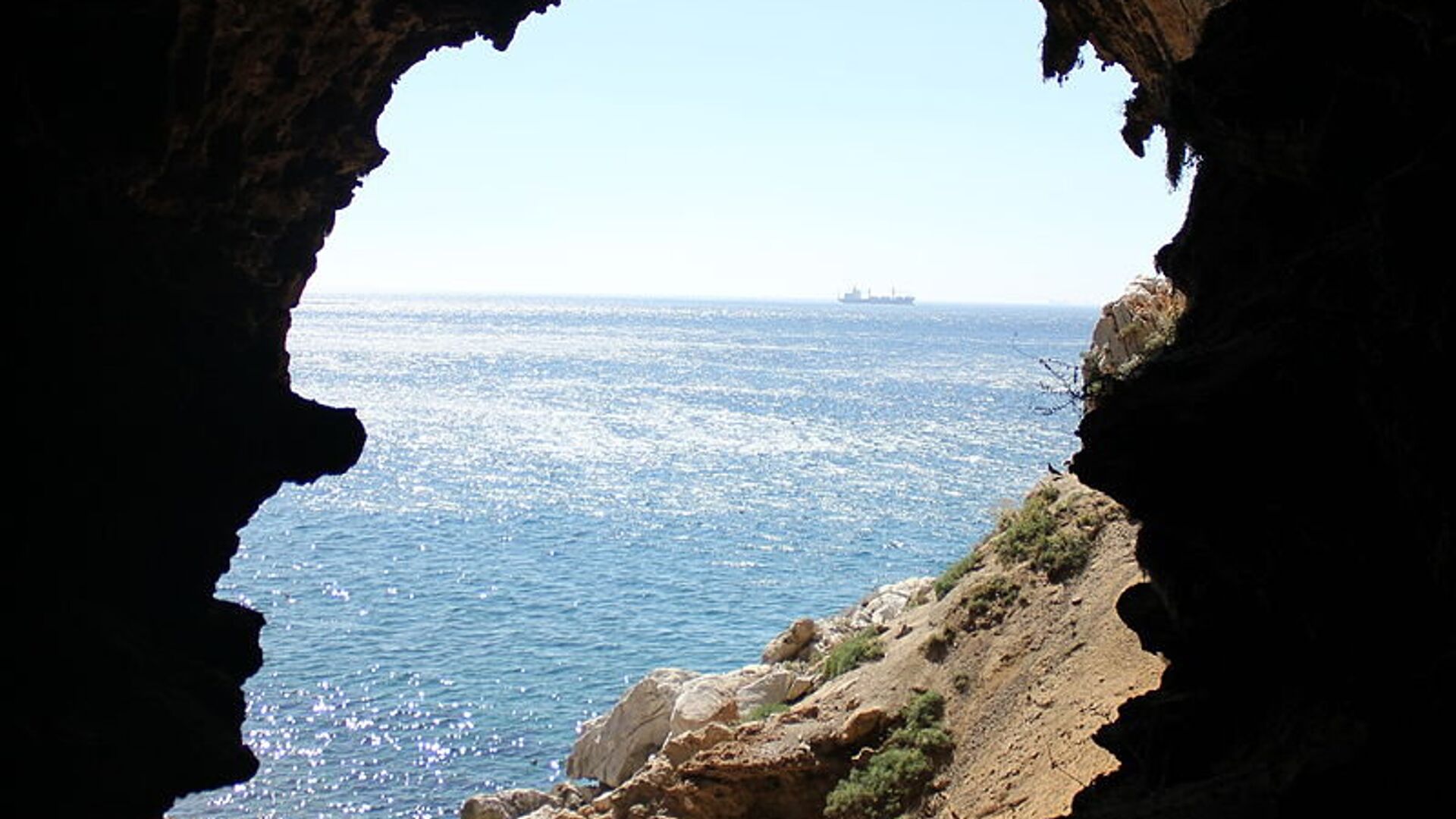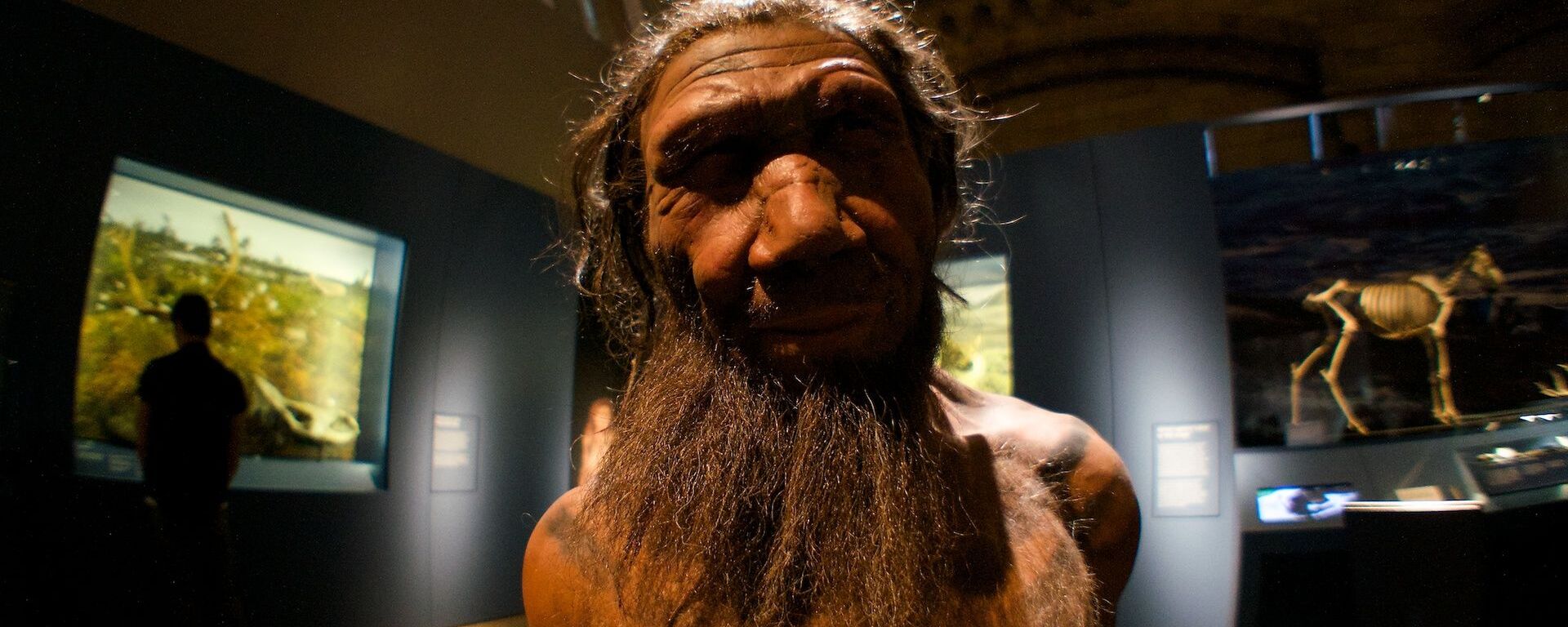https://sputnikglobe.com/20210928/like-finding-king-tuts-tomb-sealed-chamber-reportedly-found-in-neanderthal-cave-in-gibraltar-1089482490.html
'Like Finding King Tut's Tomb': Sealed Chamber Reportedly Found in 'Neanderthal Cave' in Gibraltar
'Like Finding King Tut's Tomb': Sealed Chamber Reportedly Found in 'Neanderthal Cave' in Gibraltar
Sputnik International
The discoveries made in the newly found chamber reportedly include a number of animal and avian bones, as well as a large dog whelk shell. 28.09.2021, Sputnik International
2021-09-28T12:25+0000
2021-09-28T12:25+0000
2021-09-28T12:25+0000
neanderthals
science & tech
discovery
gibraltar
cave
https://cdn1.img.sputnikglobe.com/img/104361/98/1043619826_0:375:800:825_1920x0_80_0_0_8b25f17d6dc0435970c0300180541f22.jpg
A previously sealed chamber that remained isolated from the world for thousands of years has been discovered recently by researchers excavating the Gorham’s Cave complex located at the Rock of Gibraltar, which was occupied by Neanderthals "for a thousand centuries" in the distant past, The Guardian reports.According to the newspaper, this discovery was made when a team led by Professor Clive Finlayson, evolutionary biologist and director of the Gibraltar National Museum, stumbled upon a gap in the sediment which led them to a "13-metre space in the roof of the cave."The findings made inside the chamber included a number of bones, such as a leg bone from a lynx, vertebrae from a spotted hyena and a large wing bone from a griffon vulture, with Prof. Finlayson suggesting that "something dragged things into there a long time ago".The team also reportedly discovered a large dog whelk shell there, with the professor saying: "That bit of the cave is probably 20 metres above sea level today, so clearly somebody took it up there some time before 40,000 years ago."The newspaper also notes that the researchers believe clues about the existence and society of the so-called Mediterranean Neanderthals could be found in the new area.
https://sputnikglobe.com/20210730/neanderthals-could-had-died-out-because-of-sex-with-humans-new-study-suggests-1083494792.html
gibraltar
Sputnik International
feedback@sputniknews.com
+74956456601
MIA „Rossiya Segodnya“
2021
News
en_EN
Sputnik International
feedback@sputniknews.com
+74956456601
MIA „Rossiya Segodnya“
Sputnik International
feedback@sputniknews.com
+74956456601
MIA „Rossiya Segodnya“
neanderthals, science & tech, discovery, gibraltar, cave
neanderthals, science & tech, discovery, gibraltar, cave
'Like Finding King Tut's Tomb': Sealed Chamber Reportedly Found in 'Neanderthal Cave' in Gibraltar
The discoveries made in the newly found chamber reportedly include a number of animal and avian bones, as well as a large dog whelk shell.
A previously sealed chamber that remained isolated from the world for thousands of years has been discovered recently by researchers excavating the Gorham’s Cave complex located at the Rock of Gibraltar, which was occupied by Neanderthals "for a thousand centuries" in the distant past, The Guardian reports.
According to the newspaper, this discovery was made when a team led by Professor Clive Finlayson, evolutionary biologist and director of the Gibraltar National Museum, stumbled upon a gap in the sediment which led them to a "13-metre space in the roof of the cave."
“In a way, it’s almost like discovering the tomb of Tutankhamun; you’re going into a space that no one’s been into for 40,000 years. It’s quite sobering, really," Finlayson remarked.
The findings made inside the chamber included a number of bones, such as a leg bone from a lynx, vertebrae from a spotted hyena and a large wing bone from a griffon vulture, with Prof. Finlayson suggesting that "something dragged things into there a long time ago".
The team also reportedly discovered a large dog whelk shell there, with the professor saying: "That bit of the cave is probably 20 metres above sea level today, so clearly somebody took it up there some time before 40,000 years ago."
“That’s already a hint that people have been up there,” he added.
The newspaper also notes that the researchers believe clues about the existence and society of the so-called Mediterranean Neanderthals could be found in the new area.
"These caves have been giving us a great deal of information about the behaviour of these people," Finlayson said. "And, far from the old view of the brutish, ape-like beings, we’re realising that in every respect they were human, and capable of most of the things that modern humans were capable of doing. We even know that they were interchanging genes."


